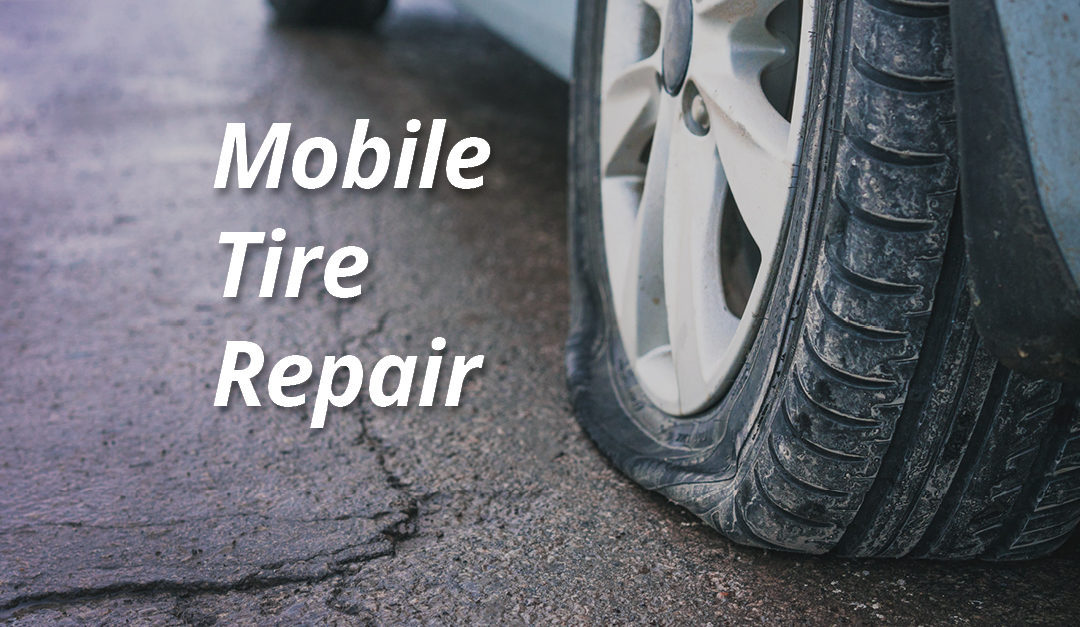Relied On Mobile Tire Service Las Vegas - On-Time Solutions
Relied On Mobile Tire Service Las Vegas - On-Time Solutions
Blog Article
Tire Service: Proven Techniques for Optimal Tire Maintenance and Care
From making certain correct tire stress to regular turning and placement, there are tested methods that can dramatically expand the life-span of your tires and boost overall driving experience. Let's dig into the world of tire solution and uncover the keys to keeping your tires in first-class form for the long haul - Mobile Tire Replacement Las Vegas.
Significance of Tire Pressure
Proper tire stress is an essential consider making certain ideal automobile efficiency and safety and security when driving. Keeping the suggested tire pressure degrees supplied by the supplier offers countless advantages. To start with, appropriate tire pressure promotes better fuel efficiency, as under-inflated tires can cause boosted rolling resistance, creating the engine to work more difficult and eat even more fuel. Secondly, correct tire pressure guarantees even step wear, enhancing tire durability and conserving money in the long run by delaying the requirement for premature replacements. Furthermore, effectively inflated tires add to improved handling and braking capabilities, essential for safe driving in numerous road conditions. Over-inflated tires, on the other hand, can cause decreased grip and a harsher trip. Alternatively, under-inflated tires are prone to overheating, which can lead to blowouts and accidents. Consistently changing and checking tire stress, specifically eventually trips, is an easy yet effective method to enhance vehicle performance, extend tire lifespan, and prioritize safety and security on the roadway.
Tire Rotation Guidelines
When taking into consideration tire turning guidelines, it is vital to recognize the importance of this maintenance job in making the most of tire life-span and keeping optimal automobile efficiency. Tire rotation entails changing the position of each tire on a vehicle to ensure even step wear. Front tires often tend to use quicker than back tires as a result of steering forces, making normal turning crucial for balanced wear patterns. The advised rotation pattern varies depending upon whether a vehicle is front-wheel, rear-wheel, all-wheel, or four-wheel drive. Normally, tires should be revolved every 5,000 to 7,500 miles, or as advised in the automobile handbook. Disregarding tire rotation can lead to uneven wear, impacting handling, grip, and potentially compromising car safety and security. By sticking to appropriate rotation guidelines, drivers can extend the life of their tires, enhance fuel efficiency, and improve total driving experience. Normal turning is a simple yet efficient upkeep practice that contributes considerably to tire longevity and automobile performance.

Benefits of Wheel Alignment
Making certain appropriate wheel alignment after tire turning is essential for preserving well balanced wear patterns and taking full advantage of car efficiency. Wheel alignment describes the adjustment of the angles of the wheels to the manufacturer's specs. One of the essential benefits of wheel placement is enhanced guiding and managing feedback. When pop over to this web-site the wheels are effectively aligned, it lowers steering initiative, ensuring a smoother and much more controlled driving experience. Additionally, proper wheel positioning assists to expand the life expectancy of your tires. Misaligned wheels can trigger uneven tire wear, causing premature tire replacement and raised upkeep prices.

Tire Footstep Depth Examine
Carrying out a normal examination of tire step deepness is vital for maintaining risk-free driving problems and lengthening the lifespan of your tires. Unequal step wear can indicate concerns with tire suspension, placement, or pressure, highlighting the value of normal step depth checks. By including tire walk depth checks into your routine maintenance timetable, you can drive with confidence understanding that your tires are in top problem.
Seasonal Tire Evaluation
Seasonal tire inspection is a basic element of tire maintenance that makes certain tires are all set to deal with the difficulties presented by different climate problems. In prep work for winter season, it is crucial to inspect the tire look here pressure routinely as cold temperature levels can trigger tire stress to drop. By conducting regular seasonal tire assessments, vehicle drivers can prolong tire lifespan, improve fuel effectiveness, and most notably, ensure a safe driving experience in differing weather condition problems.
Verdict
To conclude, maintaining correct tire pressure, turning tires consistently, lining up wheels correctly, keeping track of step deepness, and carrying out seasonal inspections are crucial techniques for optimal tire treatment. By adhering to these verified approaches, vehicle drivers can guarantee their tires last much longer, execute much their website better, and add to general lorry security. It is essential to focus on tire maintenance to stop mishaps, boost fuel effectiveness, and lengthen the life-span of tires.
Adequate tire pressure advertises far better fuel effectiveness, as under-inflated tires can lead to enhanced rolling resistance, creating the engine to work harder and eat even more fuel.When considering tire turning guidelines, it is crucial to understand the importance of this maintenance job in making best use of tire life expectancy and preserving ideal automobile efficiency. Seasonal tire inspection is a basic aspect of tire upkeep that makes sure tires are prepared to face the difficulties positioned by different climate problems. By performing regular seasonal tire assessments, chauffeurs can prolong tire lifespan, improve fuel effectiveness, and most notably, make sure a secure driving experience in differing climate conditions.
In verdict, maintaining correct tire stress, turning tires on a regular basis, straightening wheels properly, keeping track of step depth, and carrying out seasonal assessments are necessary techniques for optimum tire care.
Report this page